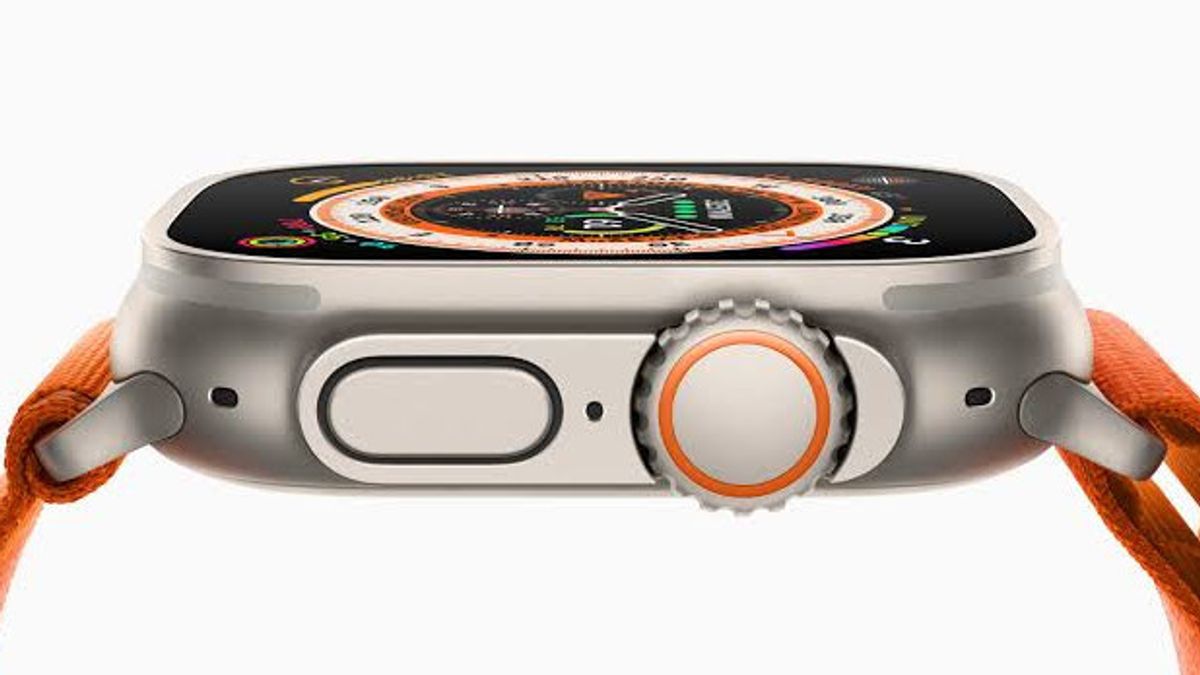JAKARTA - It's no secret that for years Apple has been trying to bring blood glucose monitoring to its smartwatch, Watch. Now, the company is about to prove it can.
According to a report by Bloomberg journalist Mark Gurman, Apple has hit a major milestone recently and now the company is confident it can finally bring glucose monitoring to market.
Where monitoring of glucose levels can be used on the Apple Watch without the need to prick the skin to take a blood sample. Instead, Apple will use silicon photonics and optical absorption spectroscopy to measure blood glucose levels.
Known, more than half a billion adults in the world suffer from diabetes, and the ability to measure blood sugar without damaging the skin will change their lives.
What's more, the measurements can provide useful data for those looking to improve their health and well-being, even if they don't have diabetes.
Apple was granted a United States (US) patent for integrated silicon photonic devices in 2021. And the company has funded R&D efforts into the technology at UK Rockley Photonics up to $70 million in 2021. However, Apple ended the partnership last year.
Instead, Apple chose Taiwan Semiconductor Manufacturing Co (TSMC) to build the main chip that supports the feature.
VOIR éGALEMENT:
Gurman also reports that glucose monitoring efforts are being led by a previously unreported group within Apple called the Exploratory Design Group.
For your information, Apple has tested the system on hundreds of people over the past decade, including those without diabetes, prediabetes, and people with diabetes, comparing their results with traditional blood-drawing methods.
Currently, Apple is at the proof-of-concept stage with the project, but needs to miniaturize the technology to a more practical size, as quoted from ZDNet, Friday, February 24.
One goal is for Apple's system to become a preventative tool that can help people make lifestyle changes to avoid type 2 diabetes.
Furthermore, the new feature will also be a significant addition to Apple Watch's current health monitoring capabilities, which include heart rate sensors, electrocardiogram (ECG), body temperature sensing, and blood oxygen measurement.
The English, Chinese, Japanese, Arabic, and French versions are automatically generated by the AI. So there may still be inaccuracies in translating, please always see Indonesian as our main language. (system supported by DigitalSiber.id)








